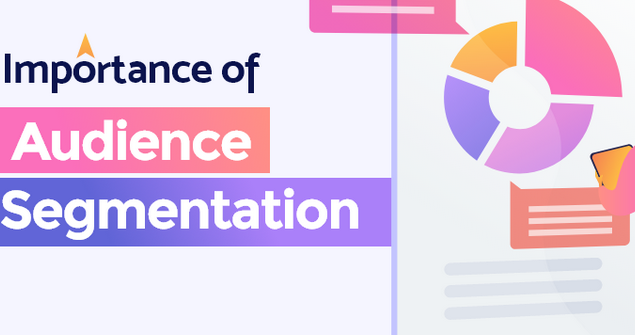Audience Segmentation Analysis
Audience segmentation analysis is a sophisticated marketing strategy that involves breaking down a target audience into distinct, well-defined segments based on various characteristics, behaviors, and preferences. This process allows businesses to gain a comprehensive understanding of their audience, enabling them to create highly customized marketing campaigns.
The primary goal of audience segmentation analysis is to divide a broad audience into smaller, more manageable segments that share common traits. These traits can encompass a wide range of factors, including demographics, psychographics, and behavioral data. By identifying these segments, businesses can develop targeted marketing strategies that speak directly to the unique needs of each group.
One of the key benefits of audience segmentation is its ability to enhance marketing effectiveness. Instead of employing a one-size-fits-all approach, businesses can create content and promotions that are specifically tailored to resonate with each segment. This personalization increases the likelihood of capturing the attention of potential customers and improving engagement.
Furthermore, segmentation analysis allows for efficient resource allocation. Businesses can allocate their marketing budget and resources more effectively by prioritizing segments that offer the greatest potential for growth and return on investment. This not only maximizes the impact of marketing efforts but also helps reduce wasted resources on campaigns.
In a competitive marketplace where consumer expectations continue to evolve, audience segmentation analysis is an invaluable tool for businesses seeking to connect with their audience. It enables companies to forge stronger unique customer relationships, and boost brand loyalty, by delivering precisely what their diverse audience desires.









